

Articles
How To Store A Lemon After Cutting
Modified: January 9, 2024
Learn how to store a lemon after cutting in this informative article. Find out the best methods to keep your lemon fresh and flavorful for longer.
(Many of the links in this article redirect to a specific reviewed product. Your purchase of these products through affiliate links helps to generate commission for Storables.com, at no extra cost. Learn more)
Introduction
When it comes to cooking, lemons are an essential ingredient. Their citrusy flavor and acidity can enhance the taste of various dishes. However, not all recipes call for a whole lemon, and you may find yourself with leftover cut lemons. Knowing how to properly store a lemon after cutting is crucial to maintain its freshness and flavor.
Storing a cut lemon correctly ensures that you can use it for future culinary endeavors without worrying about it losing its juiciness or becoming spoiled. In this article, we will explore why it is important to store a lemon after cutting and discuss the best practices for doing so.
Key Takeaways:
- Properly storing cut lemons in plastic wrap, airtight containers, or lemon juice preserves their freshness, flavor, and juiciness, reducing waste and enhancing culinary versatility.
- Refrigerate cut lemons at 40°F, inspect for spoilage, and consider freezing for extended use, maximizing their shelf life and minimizing food waste.
Read more: How To Store Rutabaga After Cutting
Why is it important to store a lemon after cutting?
After cutting a lemon, it is exposed to air, which can cause it to dry out and lose its flavor. Additionally, the exposed flesh of the lemon is susceptible to bacterial growth, which can lead to spoilage. By properly storing a cut lemon, you can extend its shelf life and ensure that it remains fresh for longer.
Another reason to store a cut lemon is to preserve its juiciness. Lemons contain a high water content, and when left exposed to air, the moisture evaporates, resulting in a dry and less flavorful fruit. By storing the cut lemon properly, you can retain its natural juices and vibrant taste, making it more versatile for future use.
In addition, storing a cut lemon helps to minimize waste. Instead of throwing away unused portions, you can store them properly and use them in other recipes. This not only saves money but also reduces food waste, promoting sustainability in your kitchen.
Lastly, having a store of cut lemons readily available can save you time and effort in your culinary endeavors. Instead of having to cut a whole lemon every time you need a squeeze of citrus, you can simply reach for a pre-cut lemon and add it to your dishes or drinks. This convenience can be especially beneficial during busy cooking sessions or when preparing large quantities of food.
Overall, storing a cut lemon is important to maintain its freshness, flavor, juiciness, and to minimize waste. Now that we understand the importance of storing a cut lemon, let’s explore the best practices for doing so.
Best practices for storing a cut lemon
When it comes to storing a cut lemon, there are several methods you can employ to ensure its longevity. The key is to protect the cut surface from air exposure and prevent moisture loss. Here are some best practices to follow:
- Method 1: Wrap the lemon in plastic wrap: One simple way to store a cut lemon is to wrap it tightly in plastic wrap. This creates a barrier that helps to retain moisture and prevent air from reaching the exposed flesh. Ensure that the entire lemon is covered, and seal it securely. You can also wrap individual lemon slices if you only need to store a portion of the fruit.
- Method 2: Store the lemon in an airtight container: Another effective method is to place the cut lemon in an airtight container. This can be a small glass or plastic container with a tight-fitting lid. The container will create a sealed environment, preventing moisture loss and protecting the lemon from external elements.
- Method 3: Use a lemon saver or silicone cover: There are specifically designed products available, such as lemon savers or silicone covers, to store cut lemons. These are reusable items that provide a snug fit around the cut lemon, ensuring it stays fresh for longer. They also offer the advantage of being eco-friendly alternatives to single-use plastic wrap.
- Method 4: Store cut lemons in lemon juice: An unconventional but effective method is to store cut lemons in lemon juice. Squeeze some additional lemon juice into a container and place the cut lemon in it, ensuring it is fully submerged. The acidity of the lemon juice preserves the freshness of the cut lemon and helps to prevent browning.
When using any of these storage methods, it is important to place the wrapped or containerized cut lemon in the refrigerator. The cool temperature will further slow down the degradation process and ensure its freshness.
Now that we have discussed the best practices for storing a cut lemon, let’s explore how long you can expect to keep a cut lemon before it starts to lose its quality.
Method 1: Wrap the lemon in plastic wrap
One of the simplest and most commonly used methods for storing a cut lemon is to wrap it tightly in plastic wrap. This method creates a protective barrier that prevents the lemon from drying out and helps to maintain its flavor and juiciness.
To wrap a cut lemon in plastic wrap, follow these steps:
- Start by cutting the lemon into the desired portions. If you only need a few slices or wedges, cut accordingly.
- Take a piece of plastic wrap and place the cut side of the lemon facing down onto the plastic wrap.
- Wrap the plastic wrap snugly around the lemon, ensuring that it is fully covered. Make sure to seal the ends tightly to prevent air from entering.
- If you have multiple cut lemons, you can wrap them individually or stack them together before wrapping them in plastic wrap.
Once wrapped, the plastic wrap acts as a barrier against air exposure, which slows down the oxidation process and helps to preserve the lemon’s freshness. It also helps to retain the moisture within the lemon, preventing it from drying out.
After wrapping the lemon in plastic wrap, store it in the refrigerator. The cool temperature of the fridge further extends the shelf life of the lemon, allowing you to use it for several days.
When you are ready to use the wrapped lemon, simply unwrap it and remove the desired amount. Remember to re-wrap the remaining lemon tightly in fresh plastic wrap before returning it to the refrigerator.
Method 1 is a cost-effective and convenient way to store a cut lemon. However, keep in mind that plastic wrap is a single-use plastic, so consider using reusable alternatives like beeswax wraps or silicone covers for a more eco-friendly option.
Now that you know how to wrap a cut lemon in plastic wrap, let’s move on to explore another method of storing a cut lemon – using an airtight container.
Method 2: Store the lemon in an airtight container
If you prefer to avoid using plastic wrap, storing a cut lemon in an airtight container is an excellent alternative. This method creates a sealed environment that protects the lemon from air exposure and helps to maintain its freshness and flavor.
To store a cut lemon in an airtight container, here’s what you need to do:
- Cut the lemon into the desired portions based on your needs.
- Select a small glass or plastic container with a tight-fitting lid. Make sure the container is clean and dry.
- Place the cut lemon or lemons inside the container, ensuring they fit comfortably without being overcrowded.
- Seal the container tightly with the lid, ensuring there are no gaps or openings that could allow air to enter.
The airtight container acts as a barrier, preventing moisture loss and protecting the lemon from external elements that could cause spoilage.
After sealing the container, store it in the refrigerator. The cool temperature of the fridge will help to slow down the degradation process and preserve the freshness of the cut lemon for a longer period.
When you need to use the stored lemon, simply open the container, remove the desired amount, and reseal the container tightly. This will help to maintain the remaining portions and extend their shelf life.
Airtight containers offer the advantage of being reusable and more environmentally friendly compared to single-use plastic wrap. Opt for glass containers or BPA-free plastic containers for a safer and more sustainable storage option.
Now that you know how to store a cut lemon in an airtight container, let’s explore another method – using a lemon saver or silicone cover.
Store cut lemons in an airtight container or wrap them tightly in plastic wrap to prevent them from drying out. Keep them in the refrigerator to maintain their freshness for up to a week.
Read more: How To Store Zucchini After Cutting
Method 3: Use a lemon saver or silicone cover
If you’re looking for a reusable and eco-friendly option to store your cut lemons, using a lemon saver or silicone cover is a great choice. These specialized products are designed to keep cut lemons fresh by providing a snug and protective cover.
Here’s how you can use a lemon saver or silicone cover to store your cut lemons:
- Begin by cutting the lemon into the desired portions.
- Select a lemon saver or silicone cover that fits the size of your cut lemon. These covers are typically flexible and stretchable, allowing them to adjust to different lemon sizes.
- Place the cut lemon into the lemon saver or under the silicone cover, ensuring it is fully enclosed and protected.
- Make sure the lemon saver or silicone cover is properly sealed and securely fitted around the cut lemon.
The lemon saver or silicone cover acts as a barrier, preventing air exposure and maintaining the lemon’s freshness and juiciness. These covers are designed to block out moisture and external elements that can cause spoilage.
After securing the lemon in the saver or cover, place it in the refrigerator for storage. The cool temperature prolongs the shelf life of the lemon and preserves its flavor.
When you need to use the stored lemon, simply remove it from the lemon saver or silicone cover. The remaining lemon can be kept in the saver or cover for future use.
Lemon savers and silicone covers are reusable options that reduce the need for single-use plastic wrap. They are durable, washable, and an eco-friendly choice for storing your cut lemons.
Now that you know how to use a lemon saver or silicone cover, let’s move on to explore another method of storing a cut lemon – storing it in lemon juice.
Method 4: Store cut lemons in lemon juice
If you want to preserve the flavor and prevent discoloration of your cut lemons, storing them in lemon juice is an unconventional yet effective method. The acidity of the lemon juice helps to maintain the freshness of the cut lemons and prevents browning.
Here’s how you can store cut lemons in lemon juice:
- Start by cutting the lemons into the desired portions.
- Squeeze some additional lemon juice into a container.
- Place the cut lemons into the container, ensuring they are fully submerged in the lemon juice.
- Seal the container with a lid or cover.
The acidic nature of the lemon juice helps to preserve the cut lemons by inhibiting the growth of bacteria and slowing down the oxidation process. This method also minimizes the loss of moisture and helps to maintain the juiciness of the lemons.
When storing cut lemons in lemon juice, it is essential to use freshly squeezed lemon juice as opposed to store-bought bottled lemon juice. Freshly squeezed lemon juice contains natural enzymes and flavors that provide better preservation results.
Place the container with the cut lemons and lemon juice in the refrigerator. The cool temperature will further extend the shelf life of the lemons and maintain their optimal freshness.
When you need to use a lemon, simply remove it from the container and rinse off any excess lemon juice. The remaining lemons can be stored back in the container, ensuring they are fully submerged in the lemon juice.
It’s important to note that storing cut lemons in lemon juice may slightly affect their texture. They may become slightly softer due to the acid in the lemon juice. However, the flavor and juiciness will be well-preserved.
Now that you know how to store cut lemons in lemon juice, let’s explore how long you can expect to keep them before they start to lose their quality.
How long can a cut lemon be stored?
The shelf life of a cut lemon depends on several factors, including how it is stored and the freshness of the lemon itself. Generally, a cut lemon can be stored for up to 3 to 4 days if stored properly.
When using methods such as wrapping the lemon in plastic wrap, storing it in an airtight container, using a lemon saver or silicone cover, or storing it in lemon juice, you can expect the cut lemon to remain fresh for a longer period compared to leaving it exposed to the air.
It’s important to note that the texture and flavor of the cut lemon may start to deteriorate after a few days, even when properly stored. The zest and juice may lose some of their vibrancy, and the texture may become slightly softer. However, as long as there are no signs of spoilage, the cut lemon can still be used in various recipes.
It is always advisable to use your senses to determine if a cut lemon is still suitable for use. If the lemon develops a sour smell, mold growth, or a slimy texture, it’s best to discard it.
To maximize the shelf life of a cut lemon, it’s essential to store it in the refrigerator at a temperature of around 40°F (4°C). The cool temperature helps to slow down the degradation process and maintain the freshness of the fruit.
Additionally, it’s recommended to keep the cut lemon away from strong-smelling foods in the refrigerator. Lemons can easily absorb odors, which can affect their flavor.
By following the proper storage methods and being mindful of the freshness and quality of the cut lemon, you can ensure that it remains usable for up to a few days.
Now that you know how long a cut lemon can be stored, let’s explore some tips for maximizing its shelf life.
Tips for maximizing the shelf life of a cut lemon
To extend the shelf life of a cut lemon and keep it fresh for longer, here are some helpful tips:
- Store it properly: Use one of the mentioned methods to store the cut lemon, such as wrapping it in plastic wrap, placing it in an airtight container, using a lemon saver or silicone cover, or storing it in lemon juice. These methods help to protect the lemon from air exposure and preserve its freshness.
- Keep it refrigerated: Store the cut lemon in the refrigerator at a temperature of around 40°F (4°C). The cool environment slows down the degradation process and maintains the flavor and texture of the lemon.
- Seal it tightly: Ensure that the storage container or wrap is tightly sealed to prevent air from reaching the cut lemon. This helps to retain moisture and prevent the lemon from drying out.
- Rinse off excess lemon juice: If you store the cut lemon in lemon juice, it’s a good idea to rinse off any excess juice before using it. This prevents the lemon from tasting overly acidic or affecting the balance of flavors in your dish.
- Use clean utensils: When handling the cut lemon, make sure to use clean utensils or hands to avoid introducing bacteria that could lead to spoilage.
- Avoid cross-contamination: Keep the cut lemon away from strong-smelling foods in the refrigerator, as lemons can absorb odors easily. This helps to maintain the lemon’s natural flavor and aroma.
- Inspect before use: Before using a stored cut lemon, give it a quick visual inspection. Look for any signs of mold, sliminess, or an off-putting smell. If you notice any of these signs, it’s best to discard the lemon.
- Consider freezing: If you find yourself with a surplus of cut lemons, you can also freeze them. Wrap the lemon slices individually in plastic wrap or place them in a freezer-safe container. Frozen lemons can be used in recipes requiring citrus zest or juice.
Following these tips will help to ensure that your cut lemons stay fresh and usable for as long as possible. By properly storing and handling them, you can make the most out of these vibrant citrus fruits.
Now that you know how to maximize the shelf life of a cut lemon, let’s conclude our discussion.
Read more: How To Store Squash After Cutting
Conclusion
Knowing how to store a cut lemon properly is essential for preserving its freshness, flavor, and juiciness. By utilizing methods such as wrapping the lemon in plastic wrap, storing it in an airtight container, using a lemon saver or silicone cover, or storing it in lemon juice, you can extend their shelf life and minimize waste.
Each storage method provides a protective barrier against air exposure and helps to retain moisture, ensuring that your cut lemons remain usable for several days. It’s crucial to refrigerate the cut lemons at a temperature of around 40°F (4°C) to further slow down the degradation process and maintain their optimal freshness.
Additionally, maximizing the shelf life of a cut lemon requires proper handling and cleanliness. Rinse off excess lemon juice, use clean utensils, and keep the cut lemon away from strong-smelling foods to maintain its natural flavors.
While the average shelf life of a cut lemon is around 3 to 4 days, it’s always advisable to inspect the lemon before use. Any signs of mold, sliminess, or an unpleasant smell indicate that the lemon should be discarded.
By following these tips and techniques, you can make the most out of your cut lemons, reduce food waste, and ensure that you always have fresh citrus at your fingertips for culinary creations.
So the next time you find yourself with leftover cut lemons, remember these best practices for storage and enjoy the tangy, zesty flavors they bring to your dishes and beverages.
Frequently Asked Questions about How To Store A Lemon After Cutting
Was this page helpful?
At Storables.com, we guarantee accurate and reliable information. Our content, validated by Expert Board Contributors, is crafted following stringent Editorial Policies. We're committed to providing you with well-researched, expert-backed insights for all your informational needs.
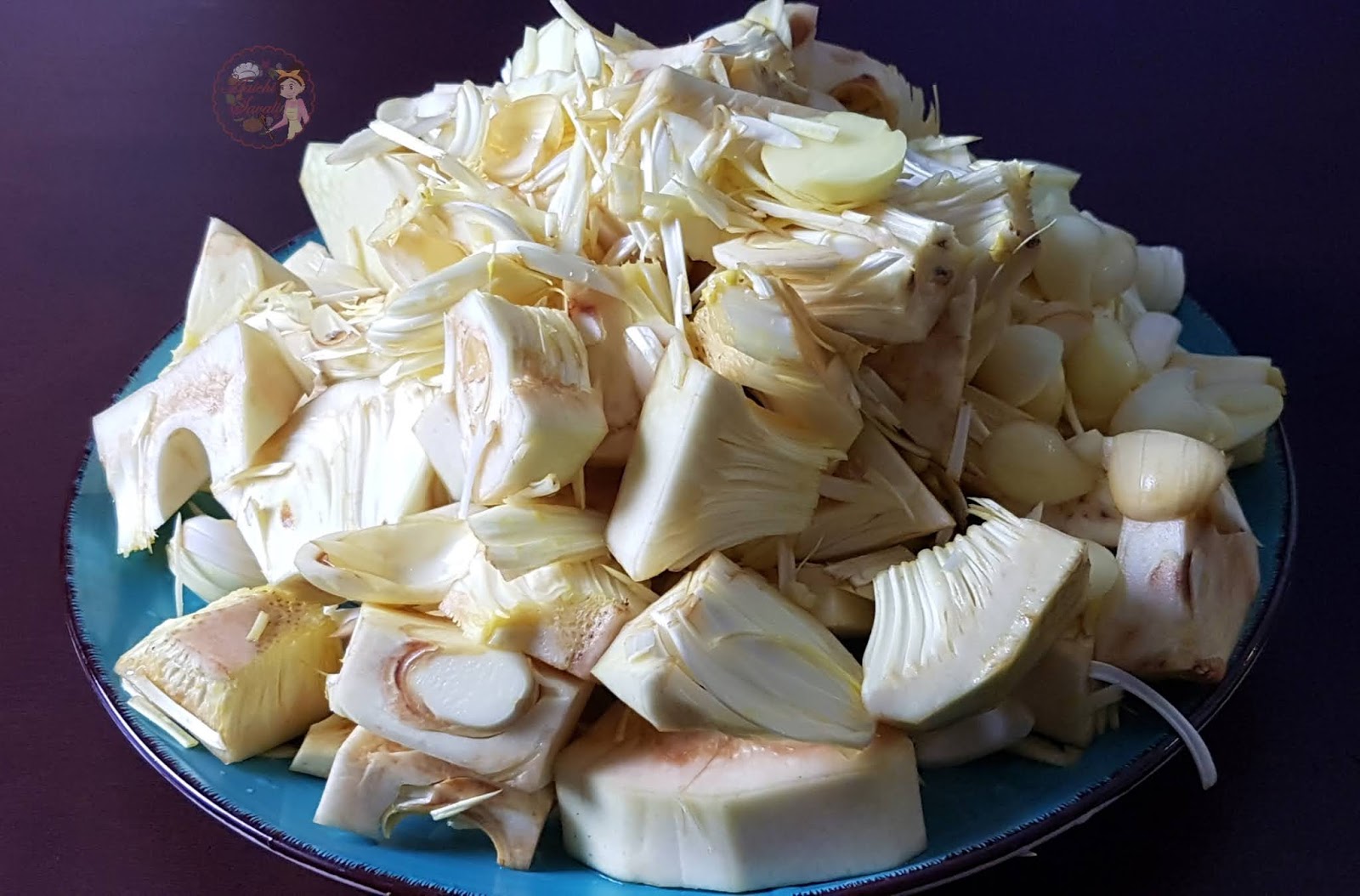

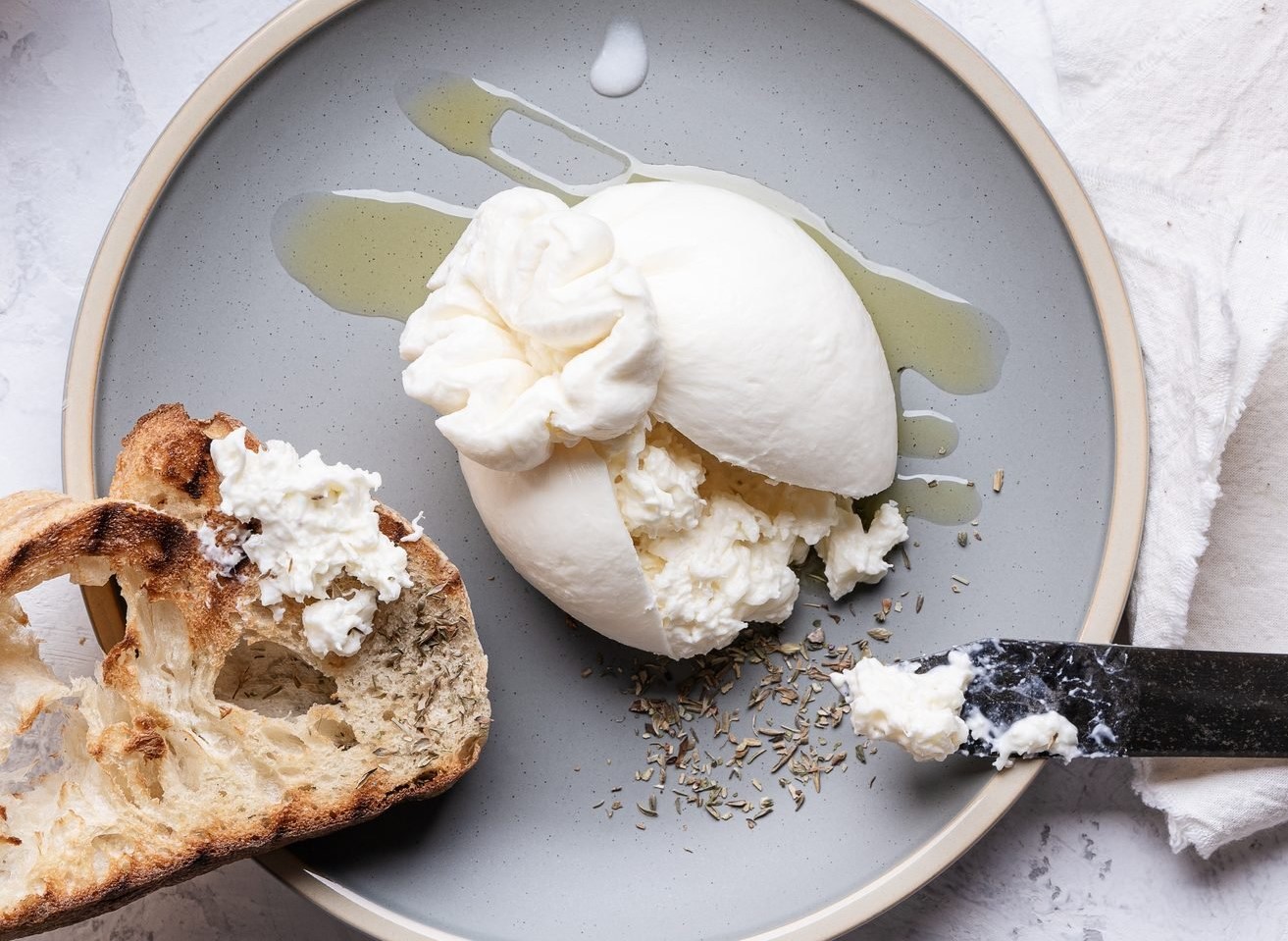


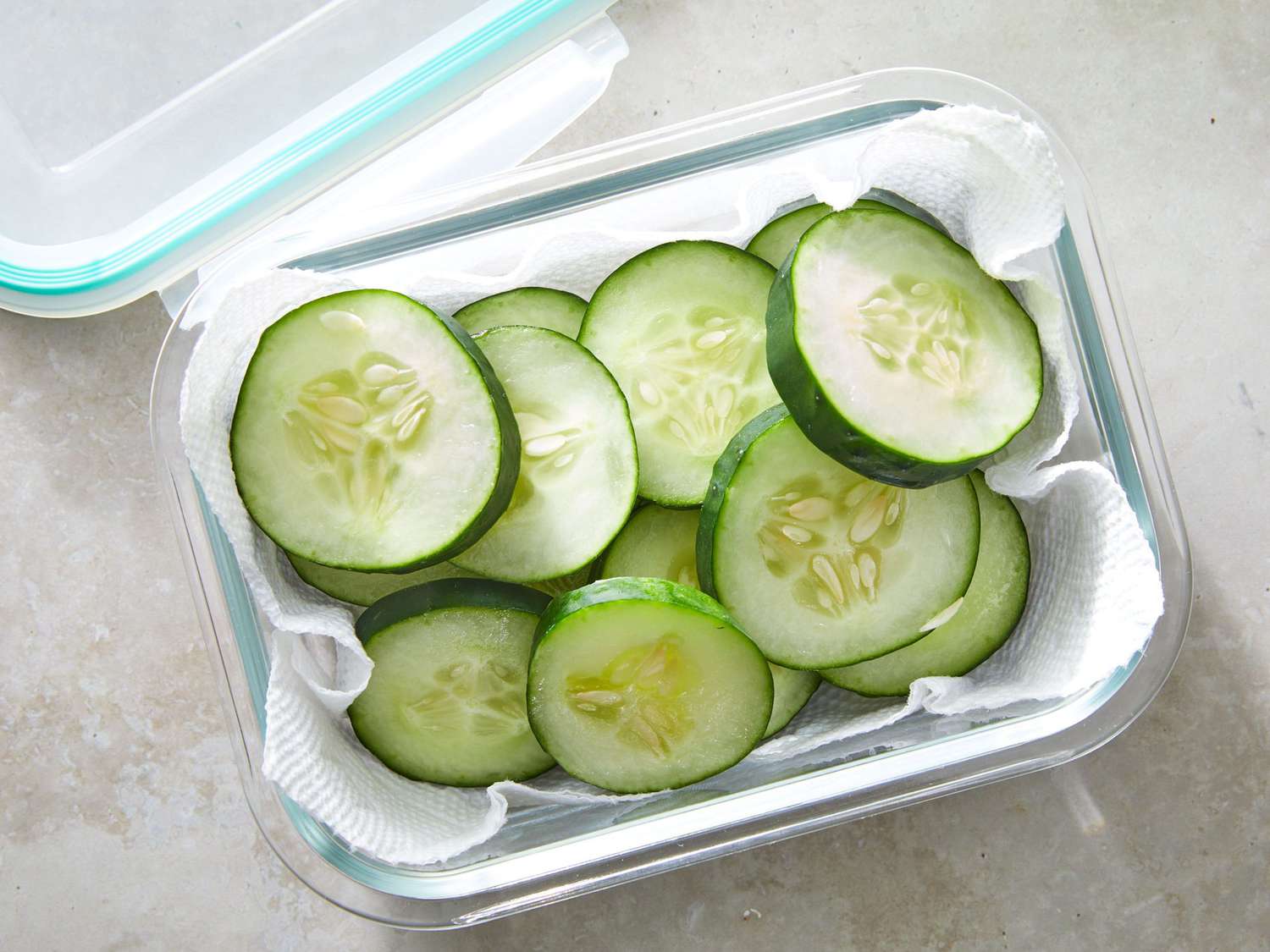
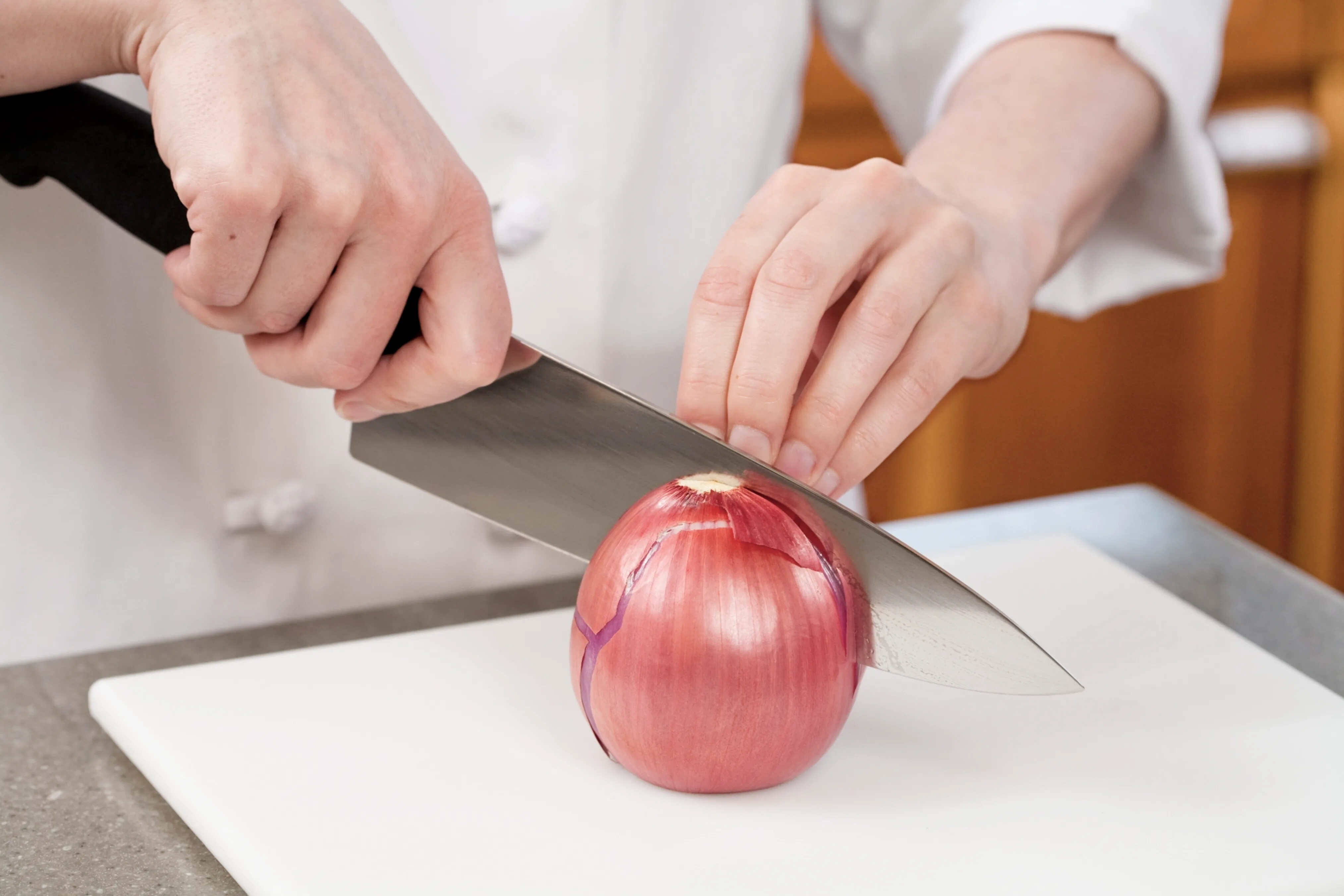
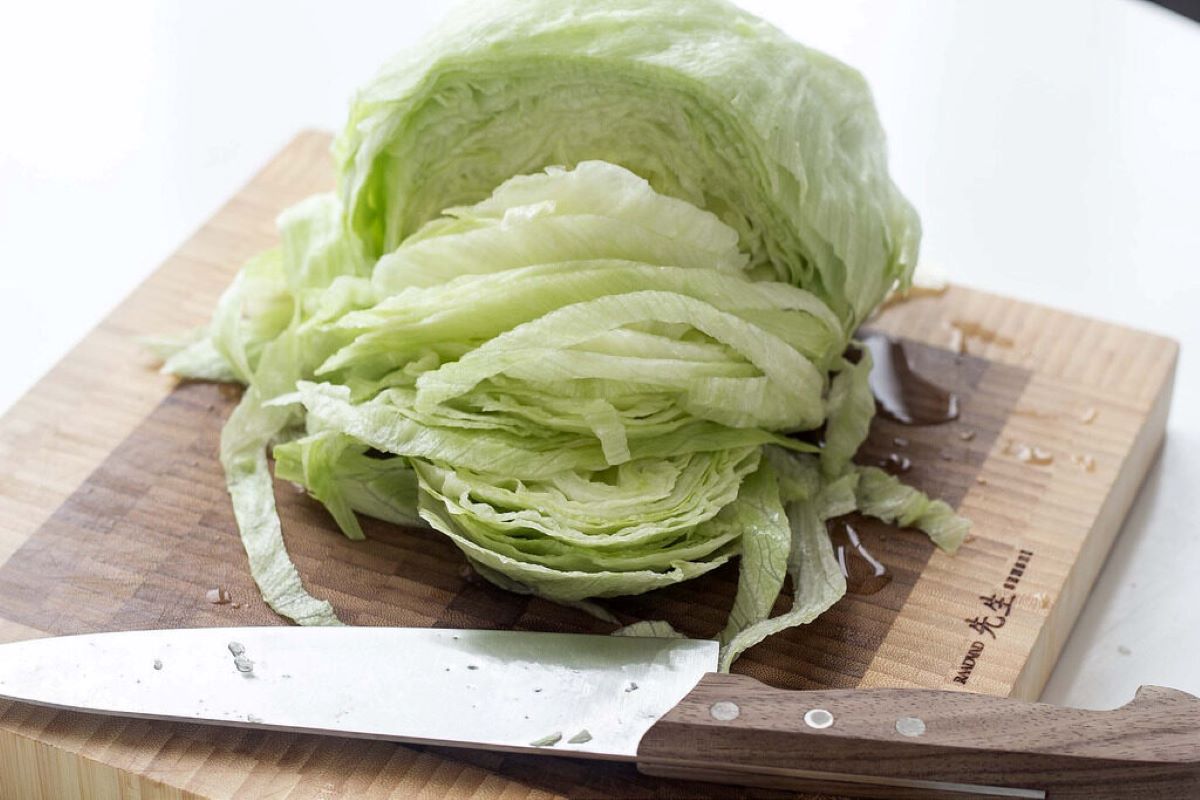
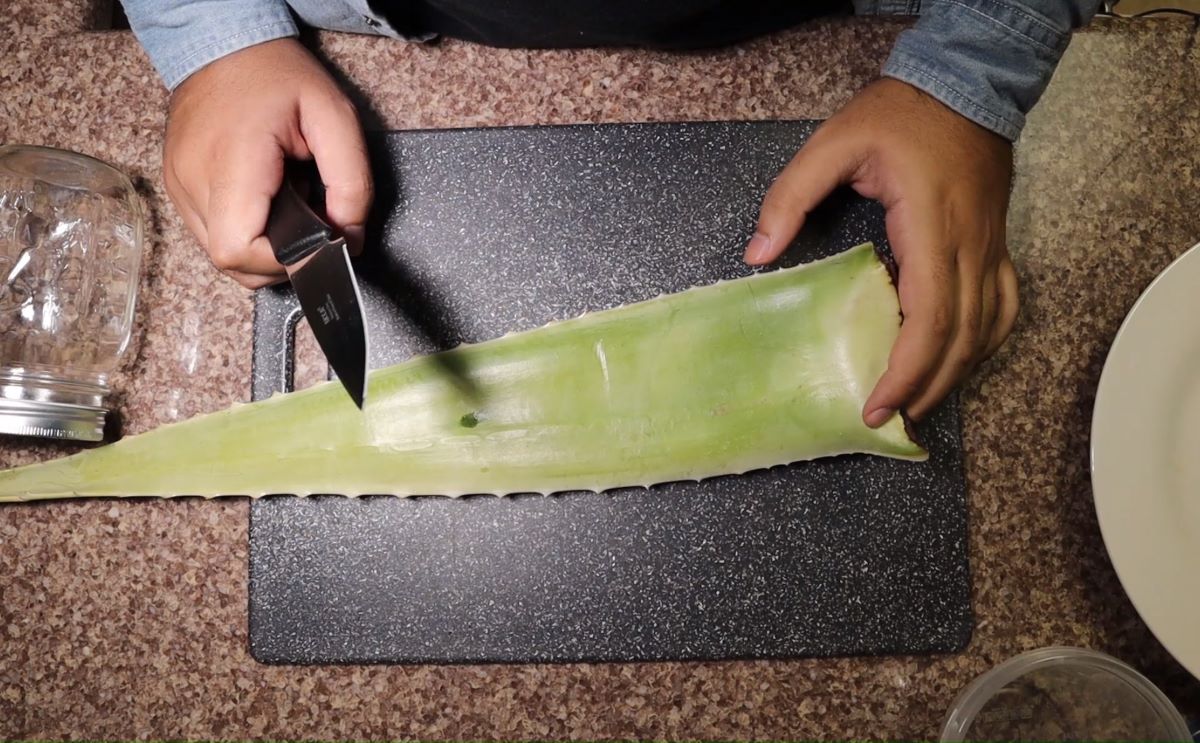
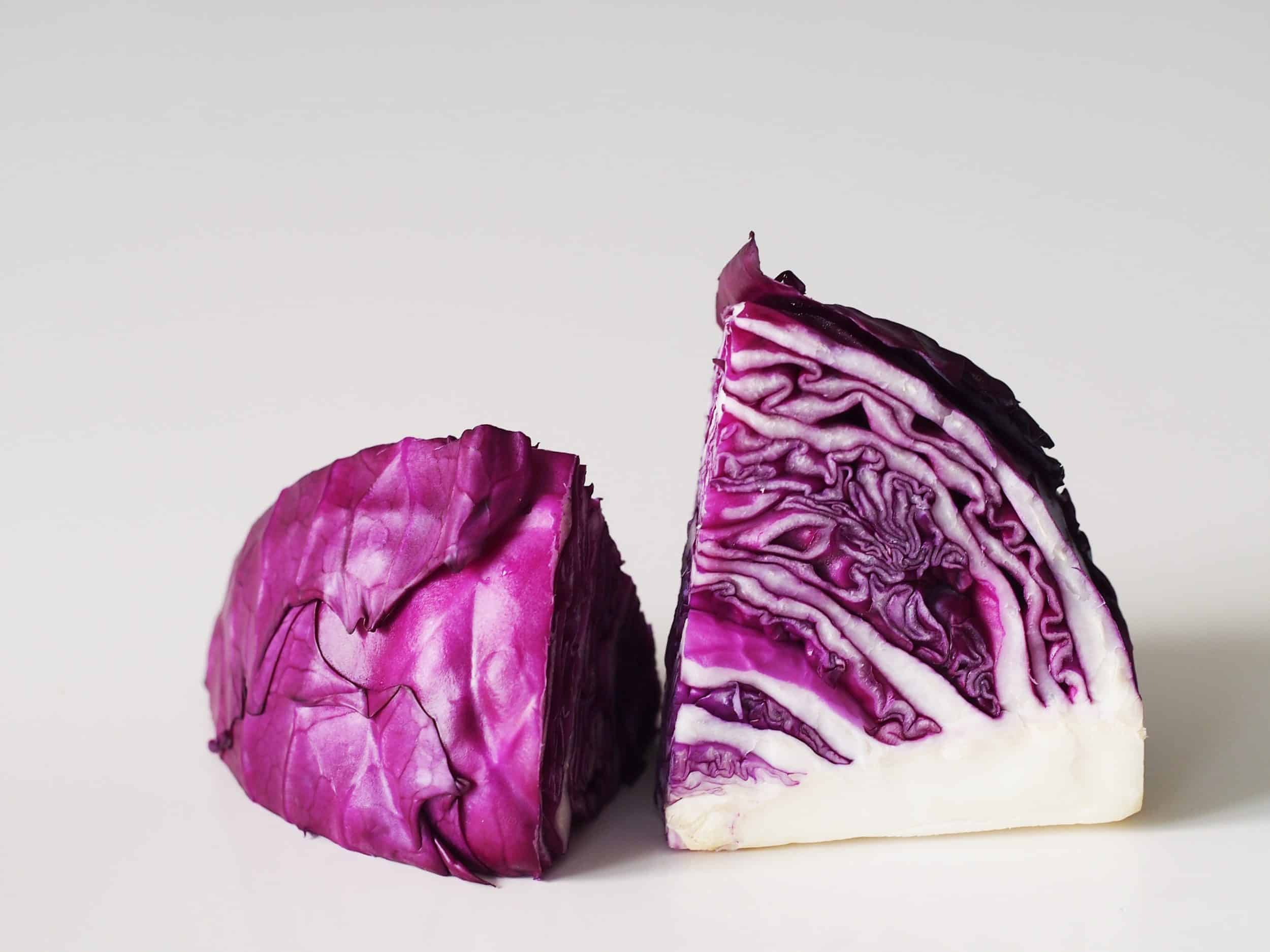
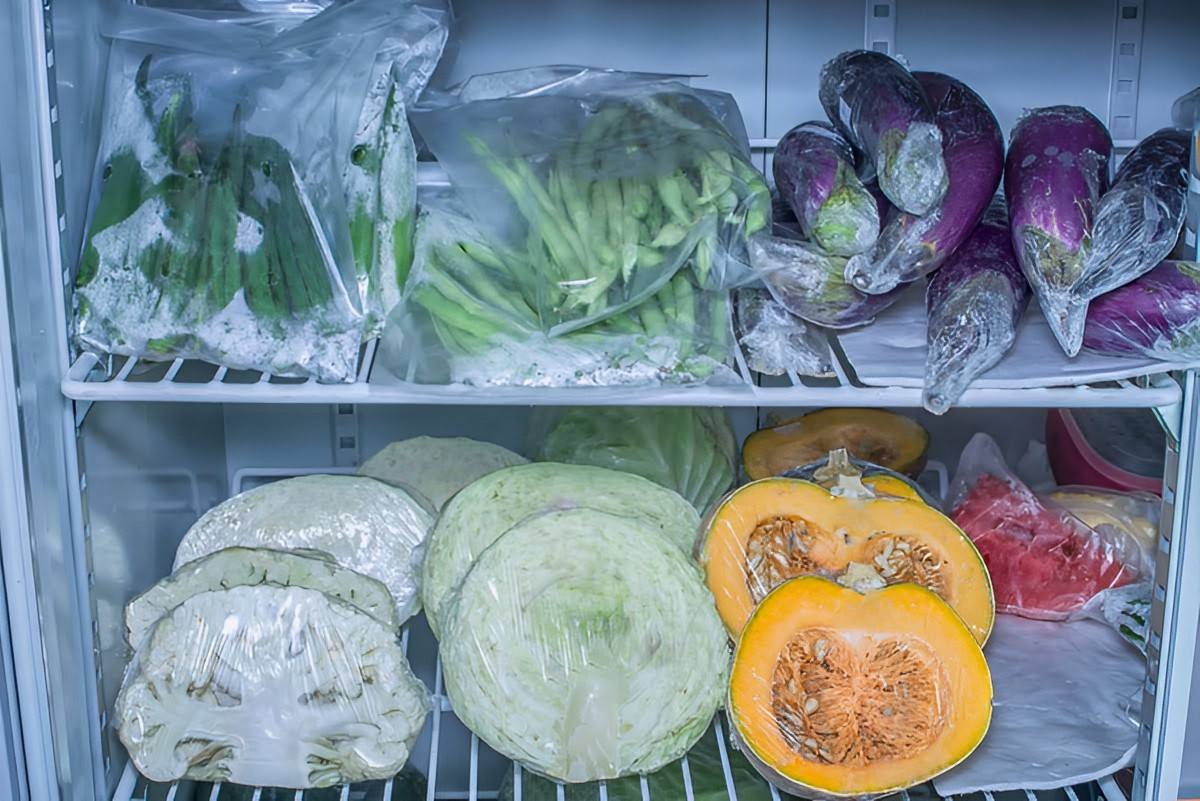
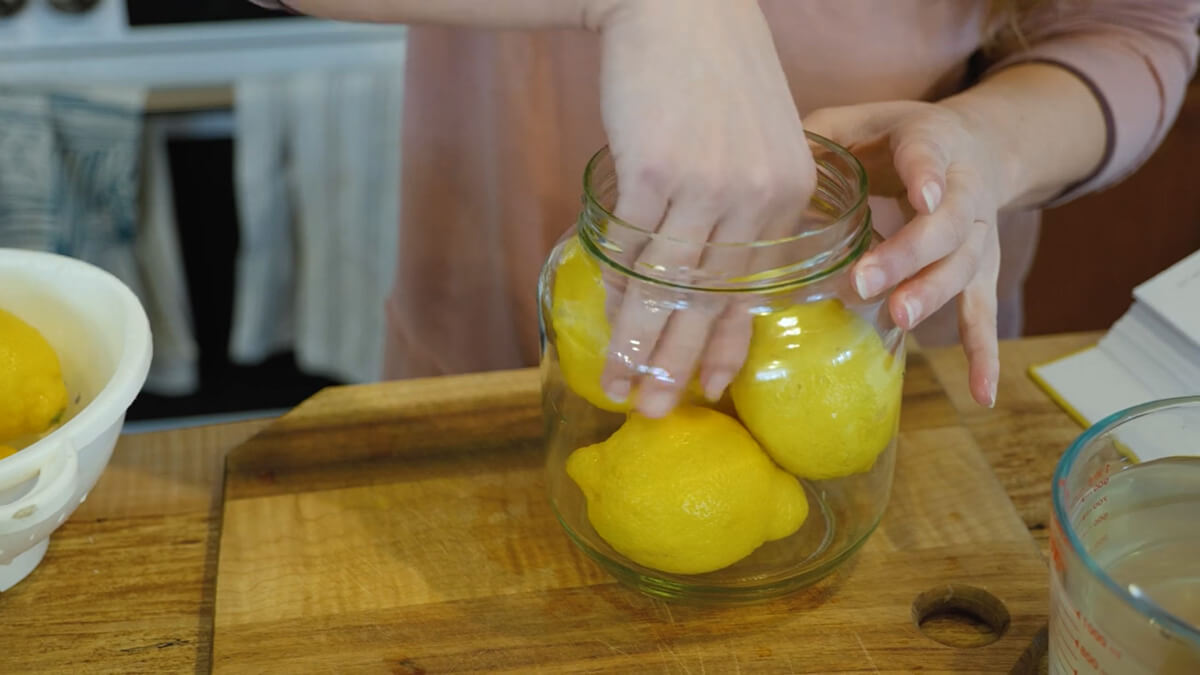
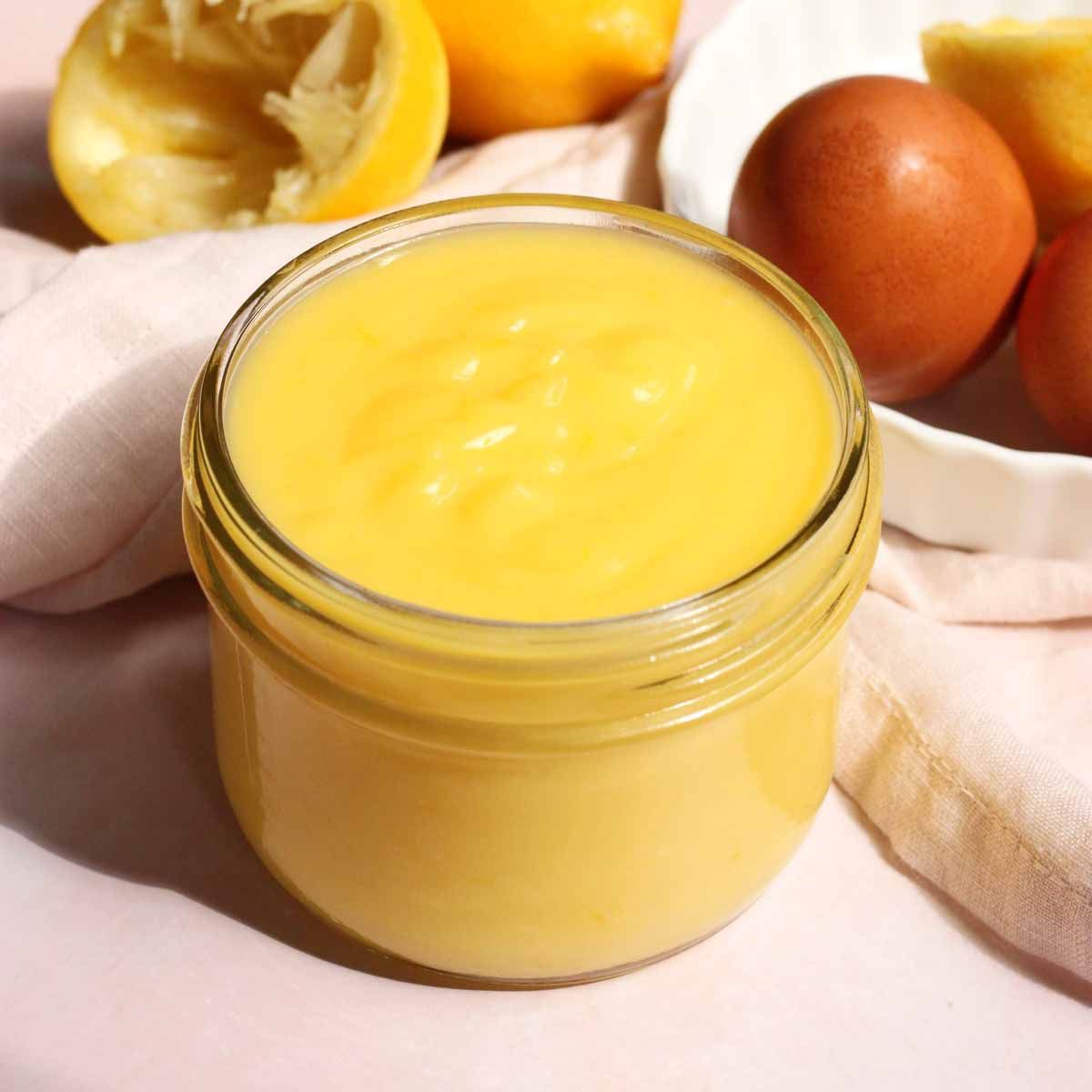

0 thoughts on “How To Store A Lemon After Cutting”